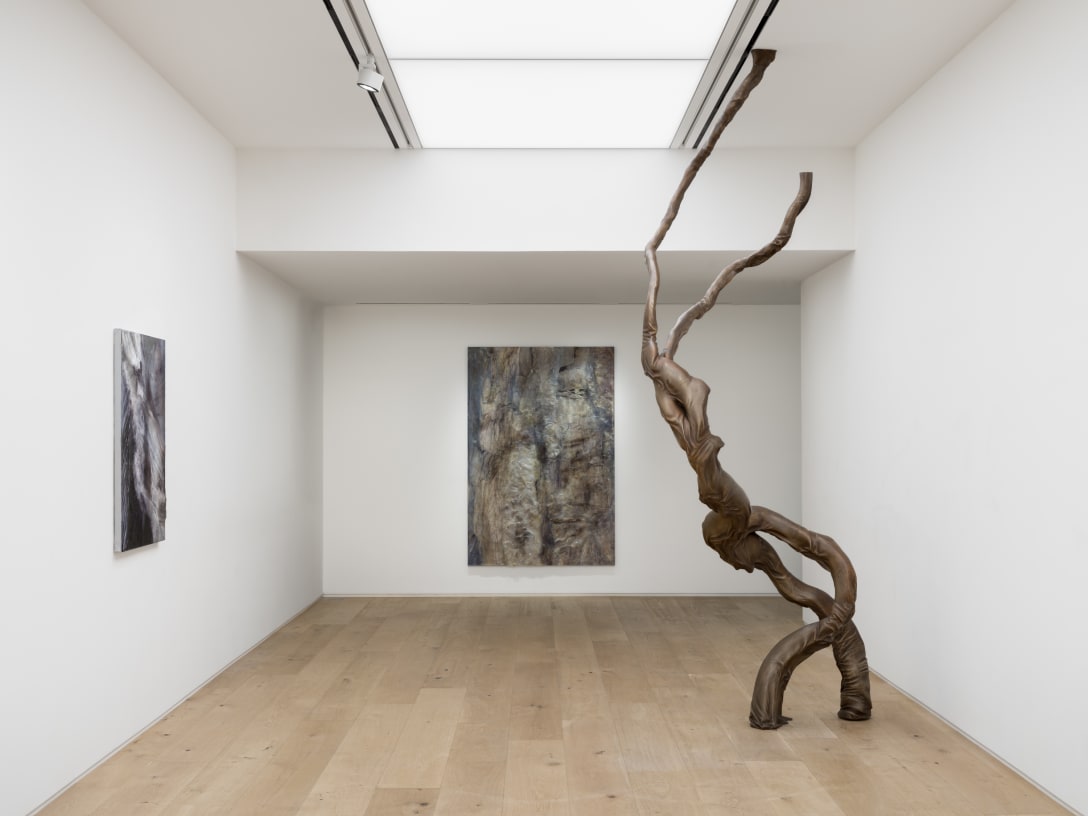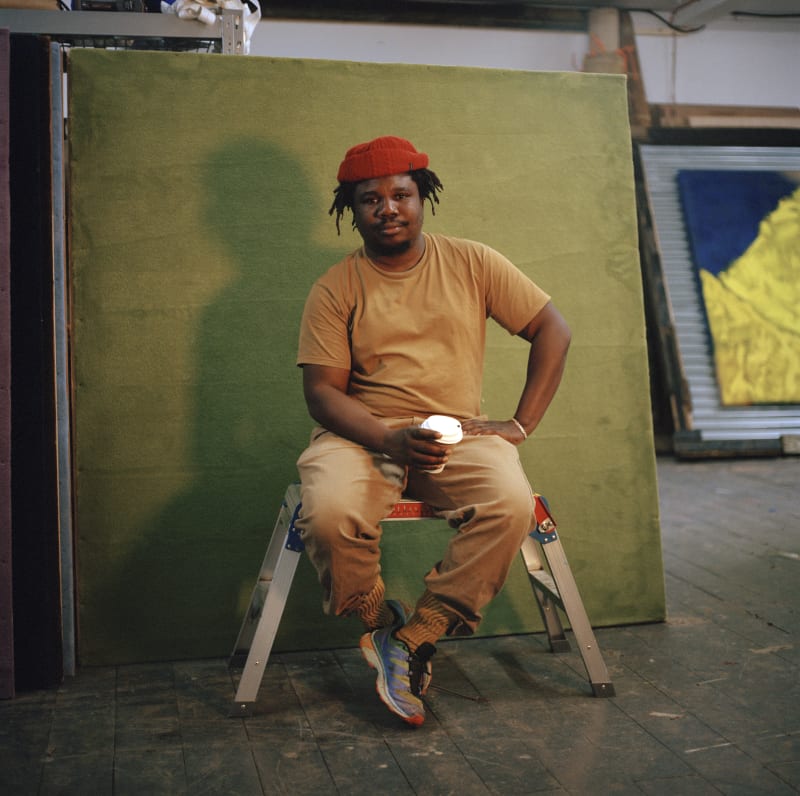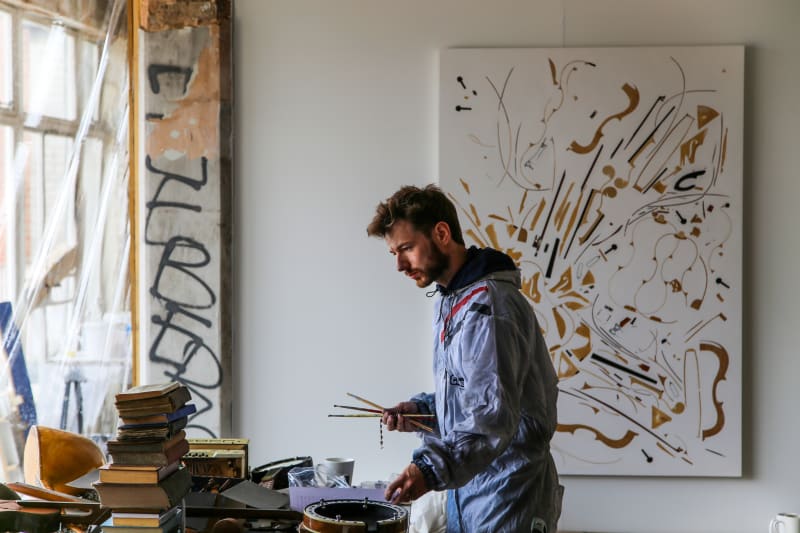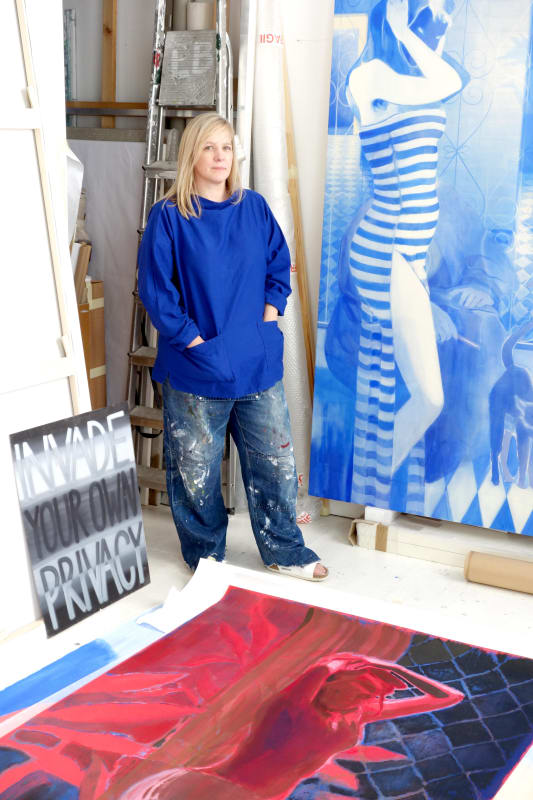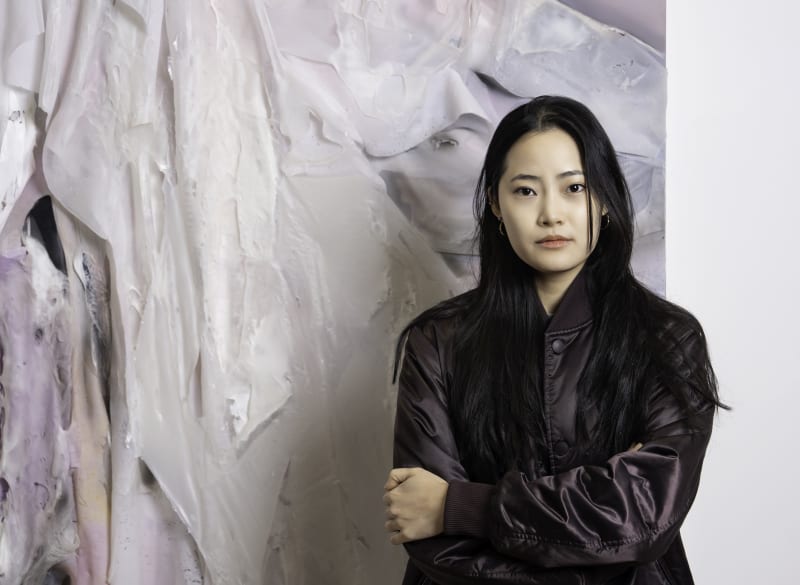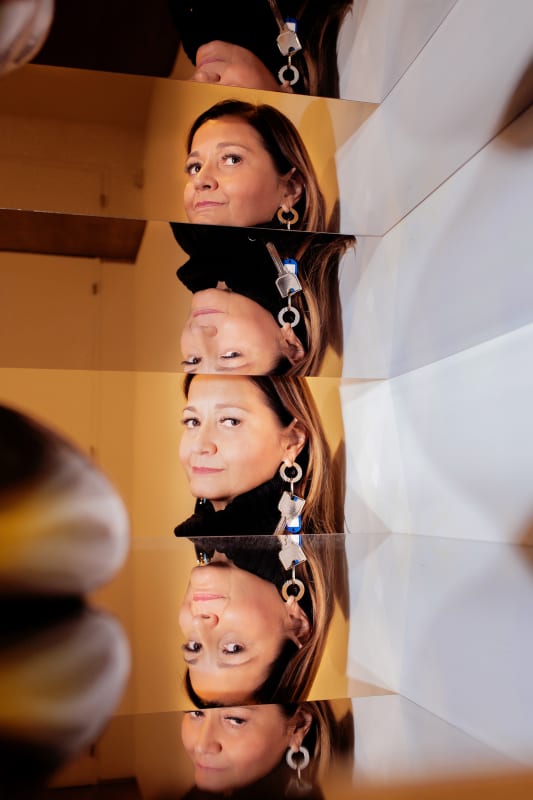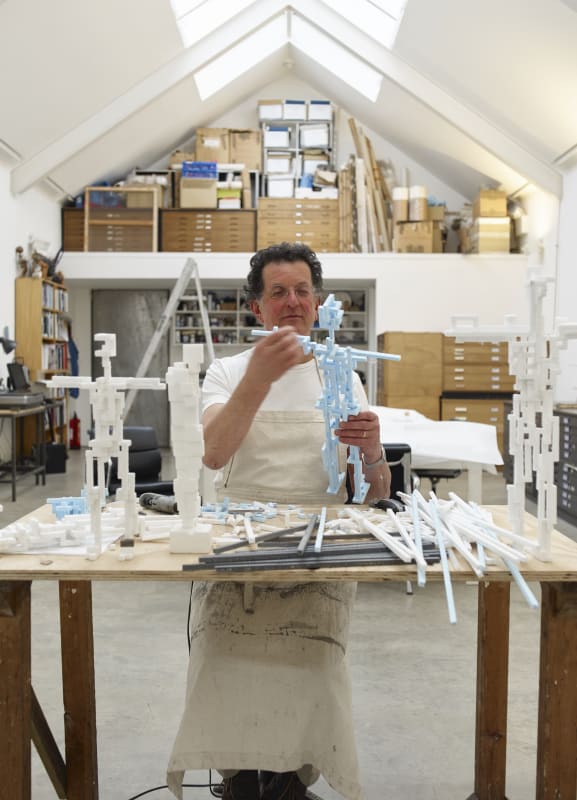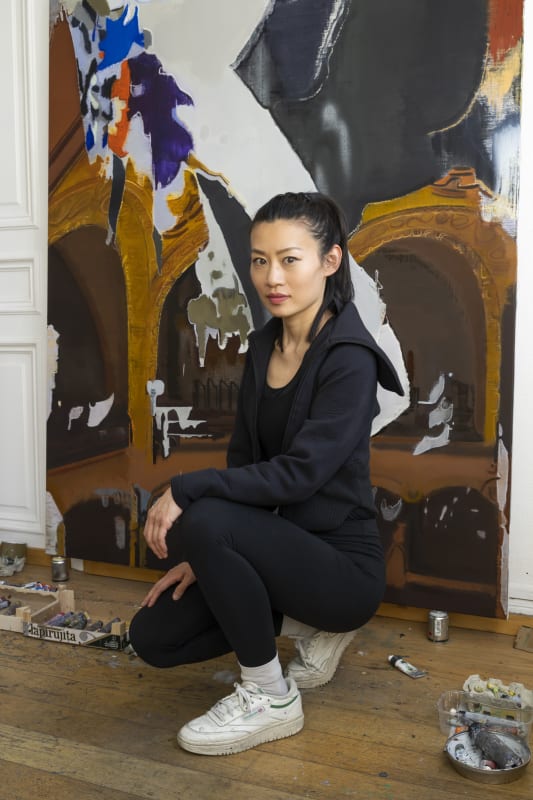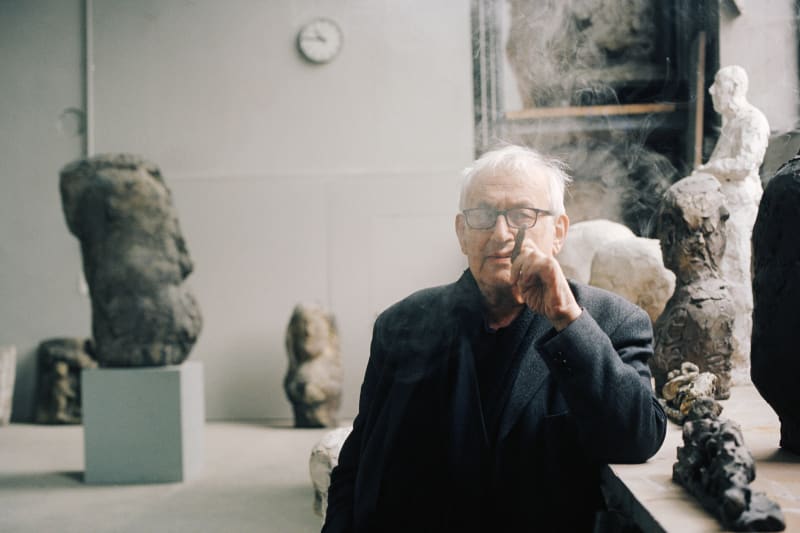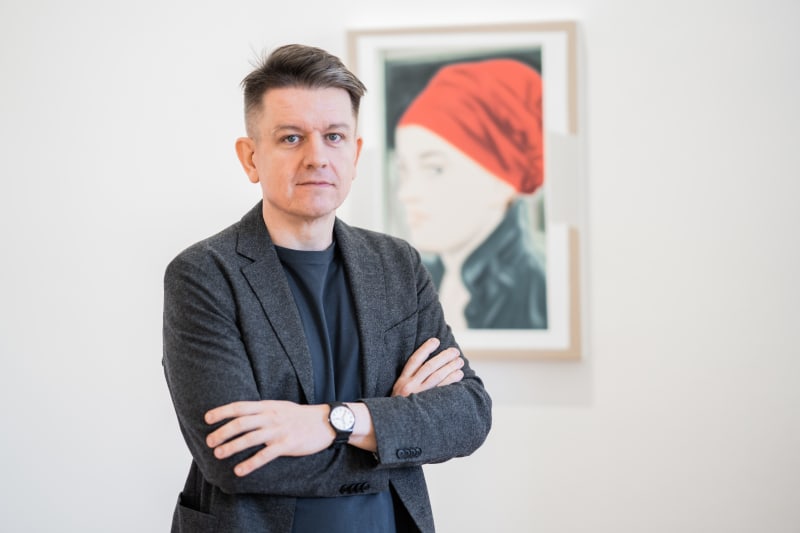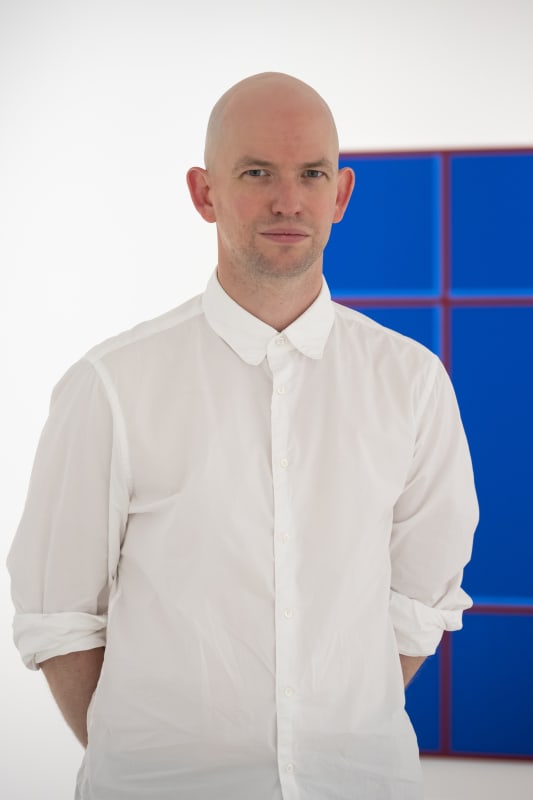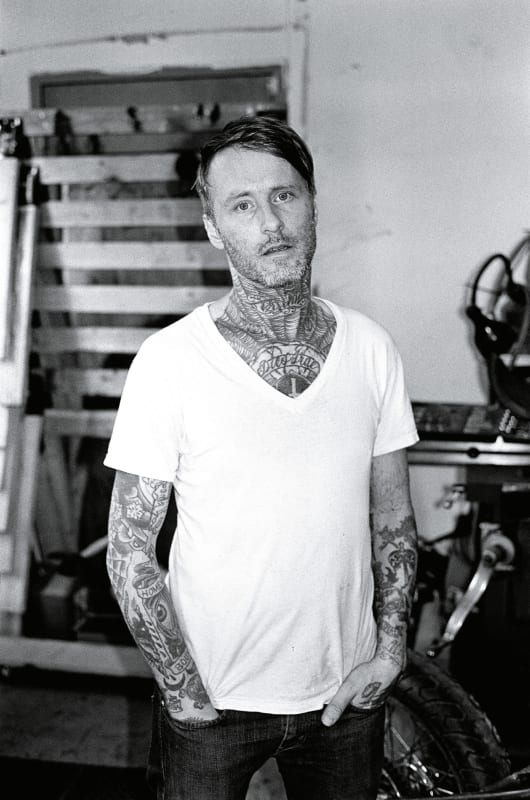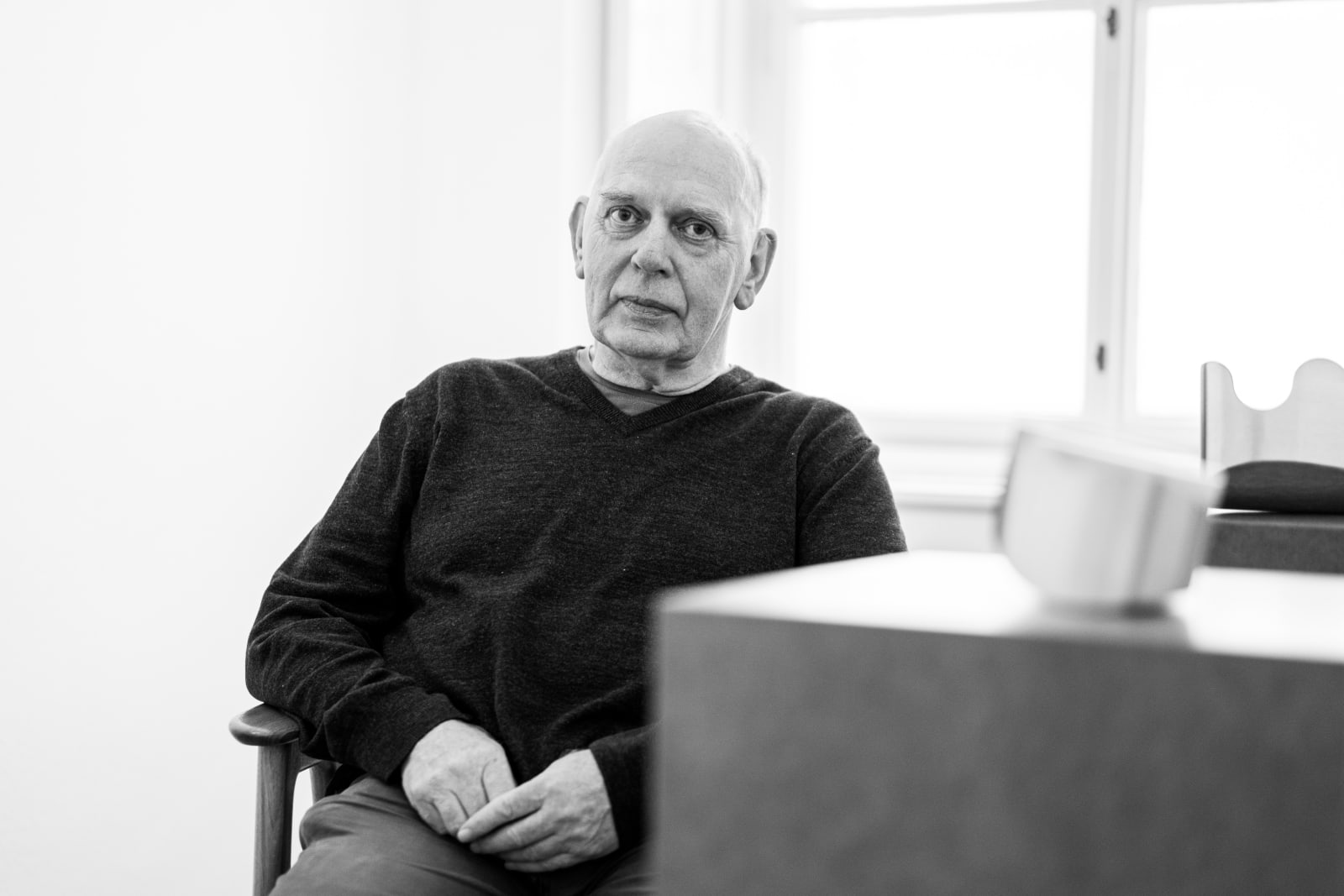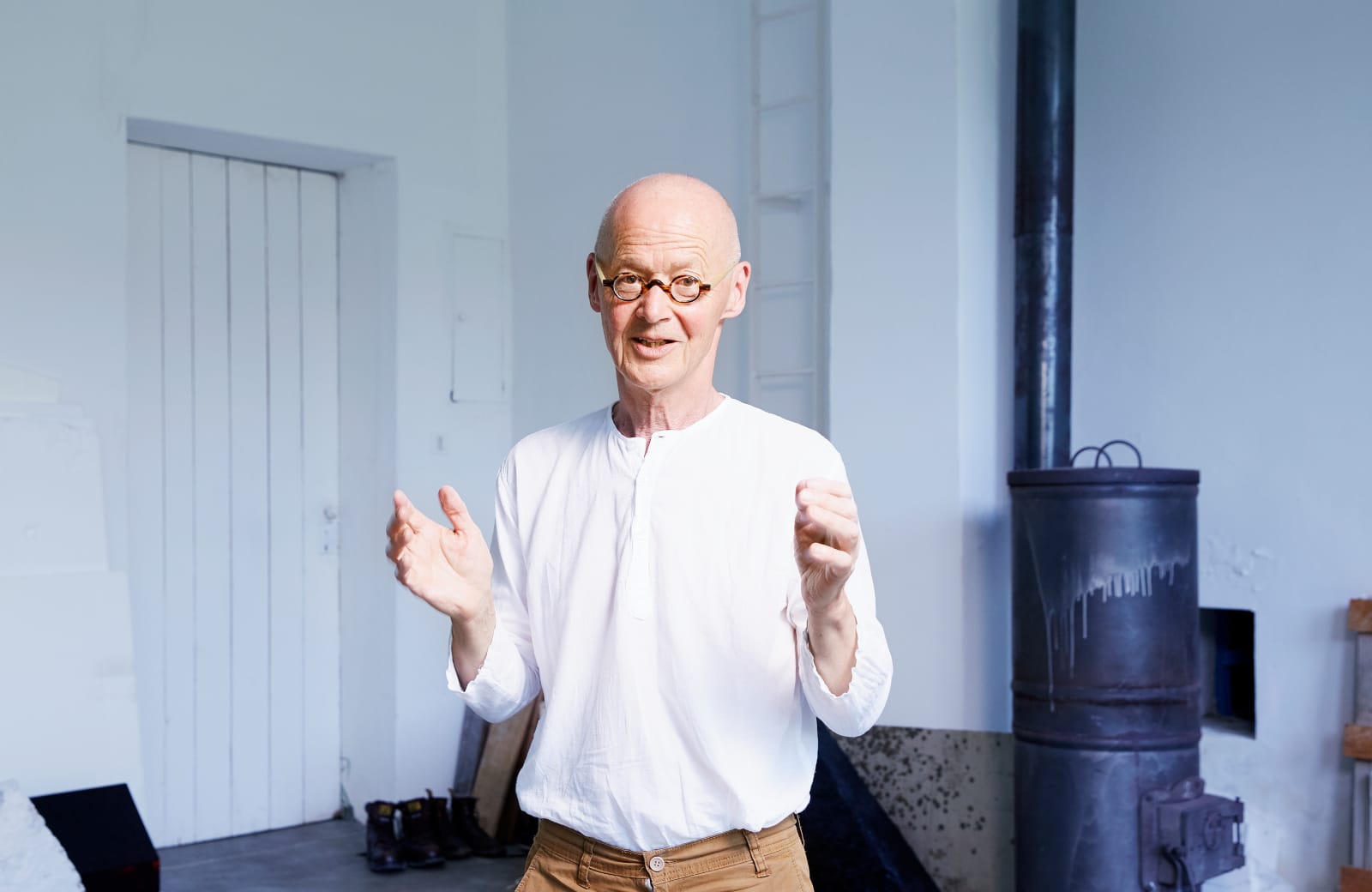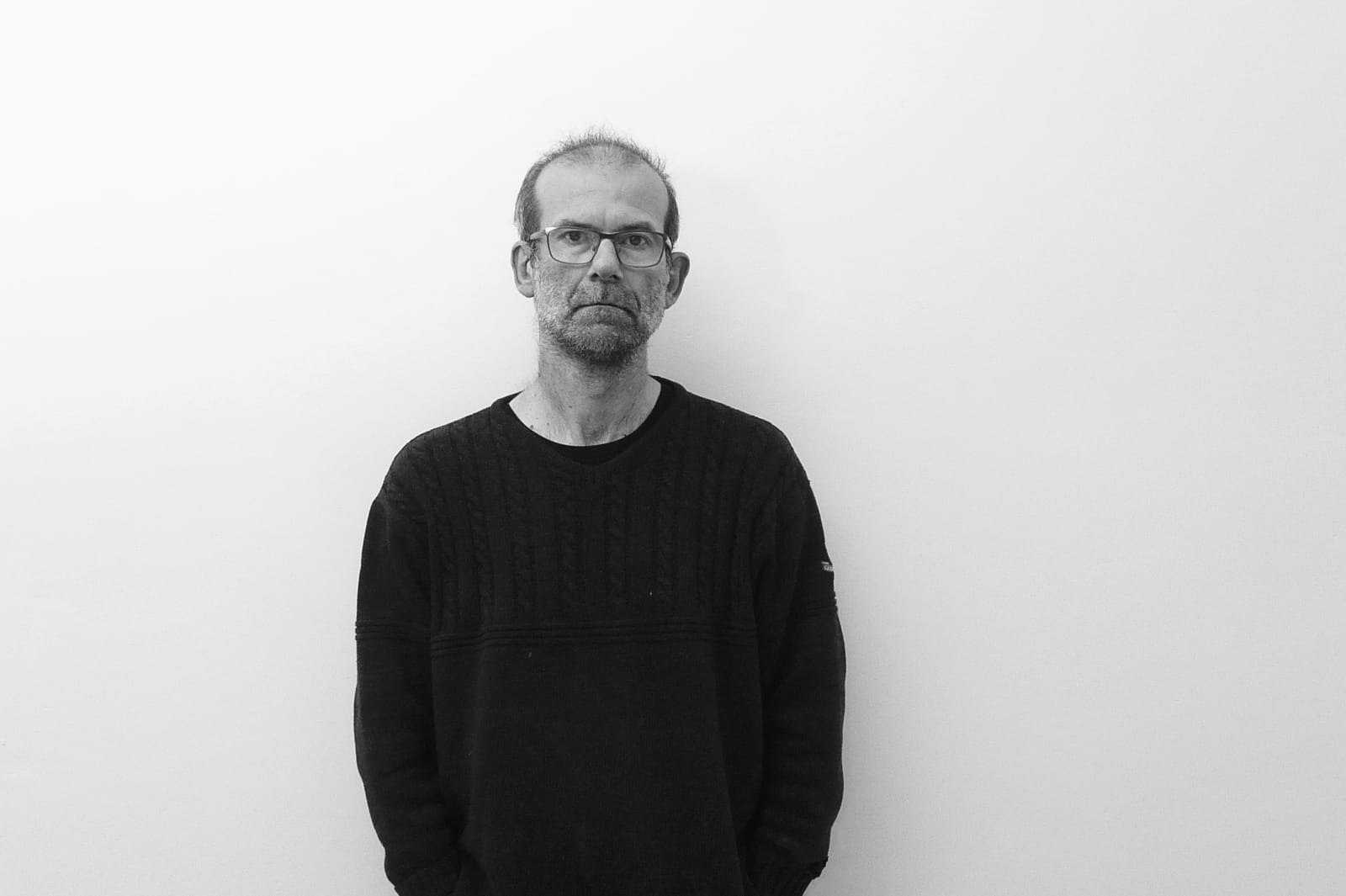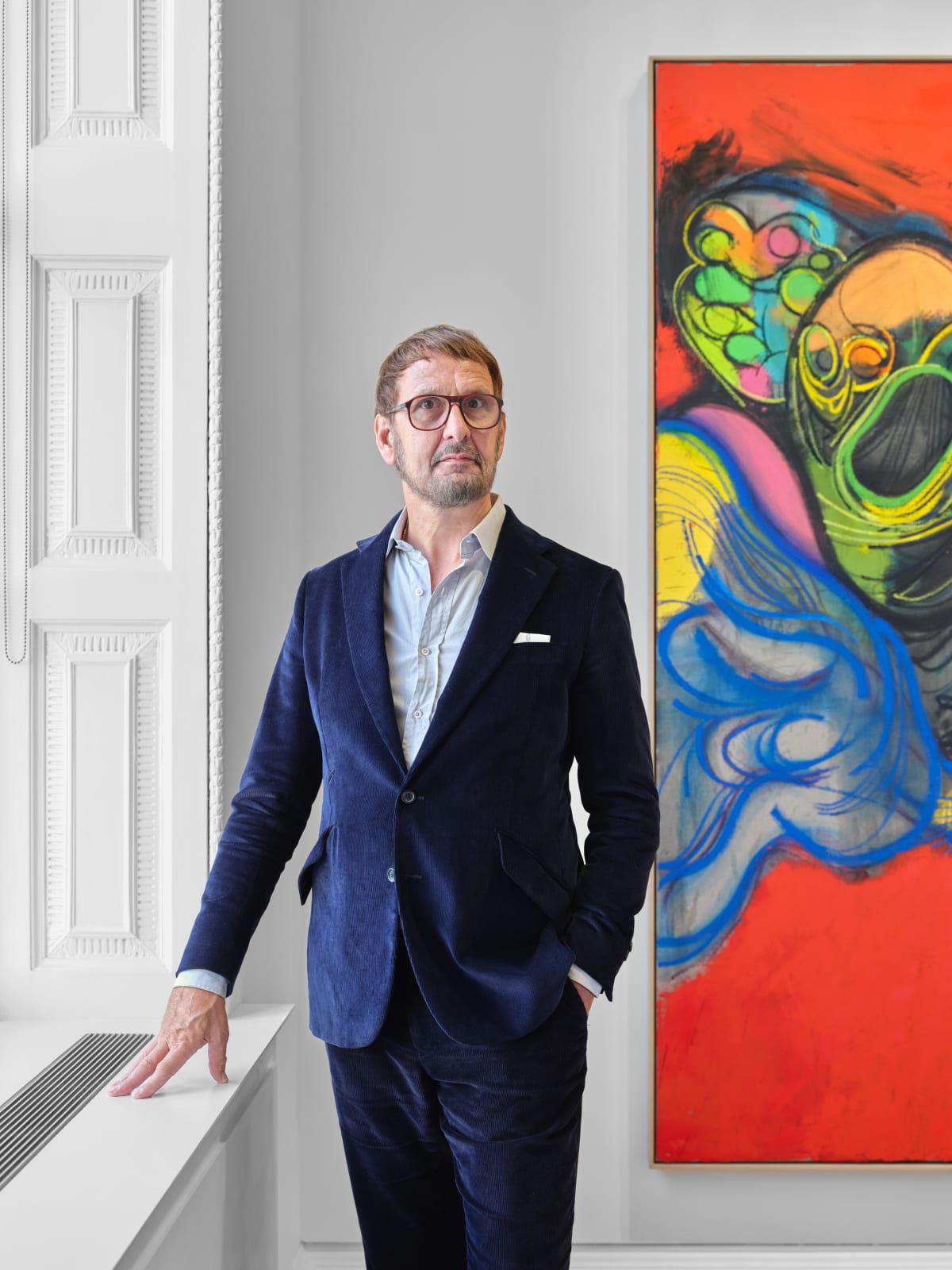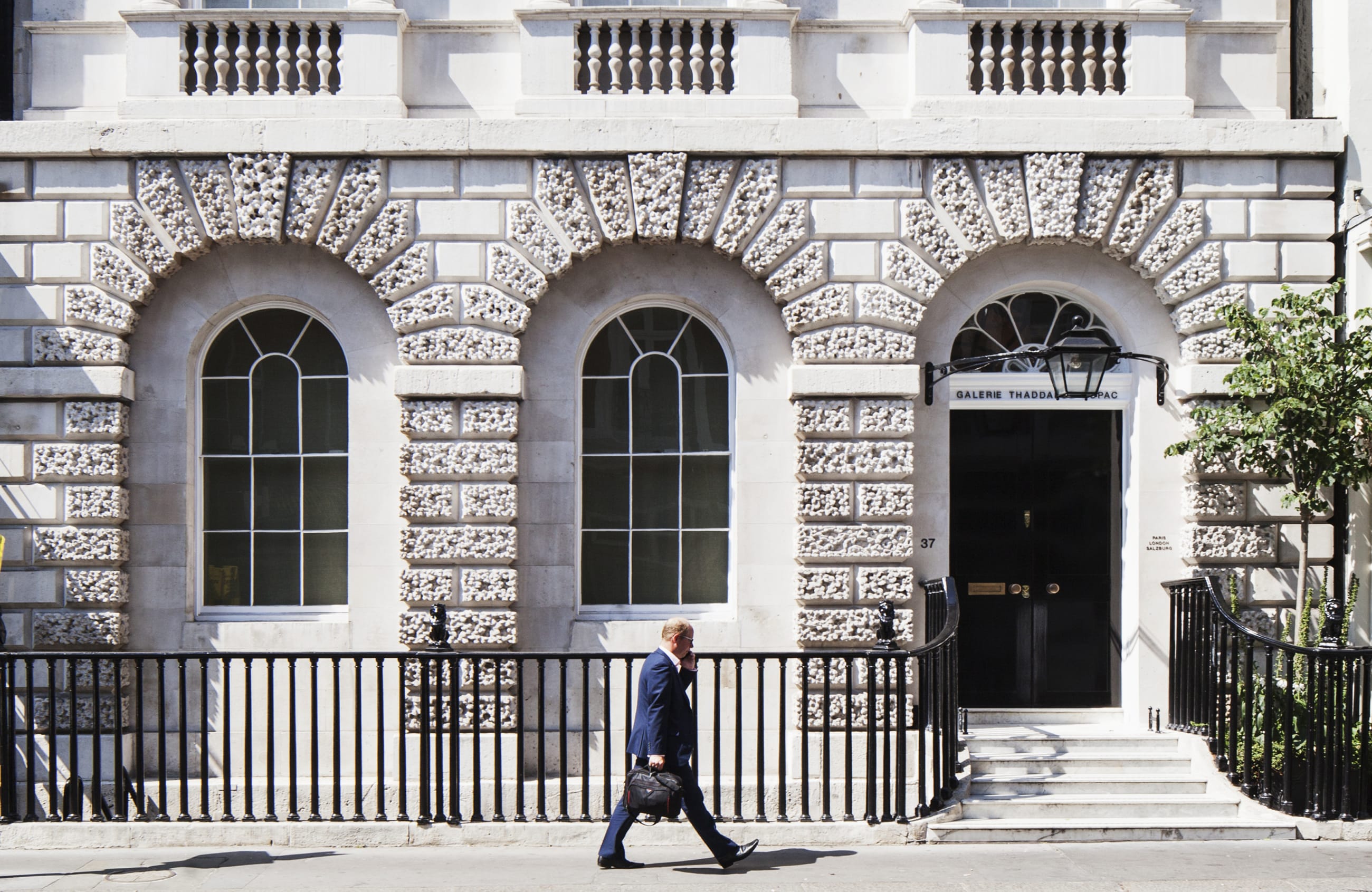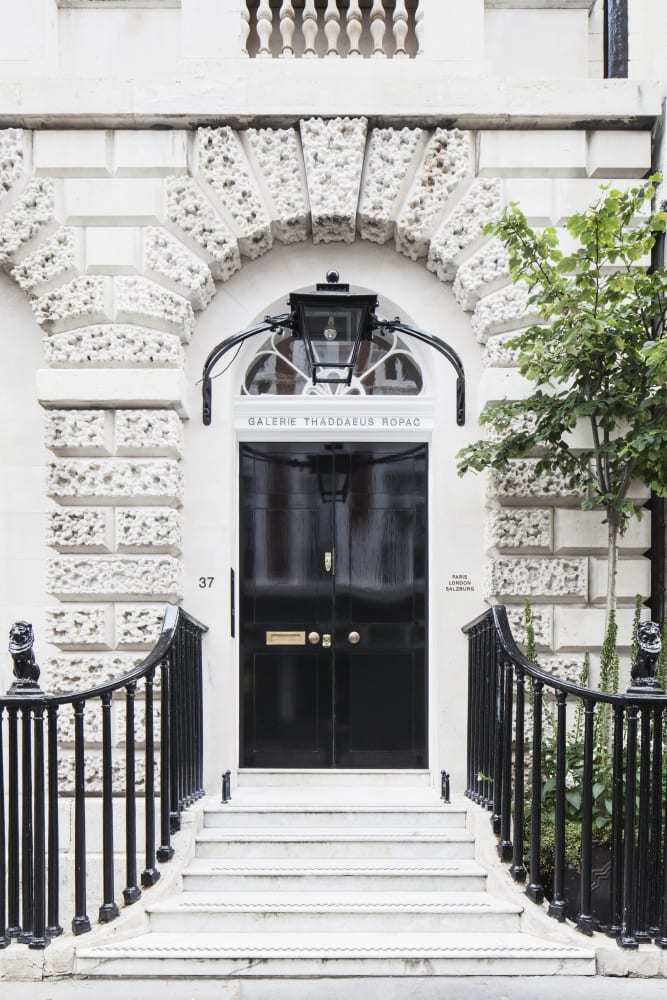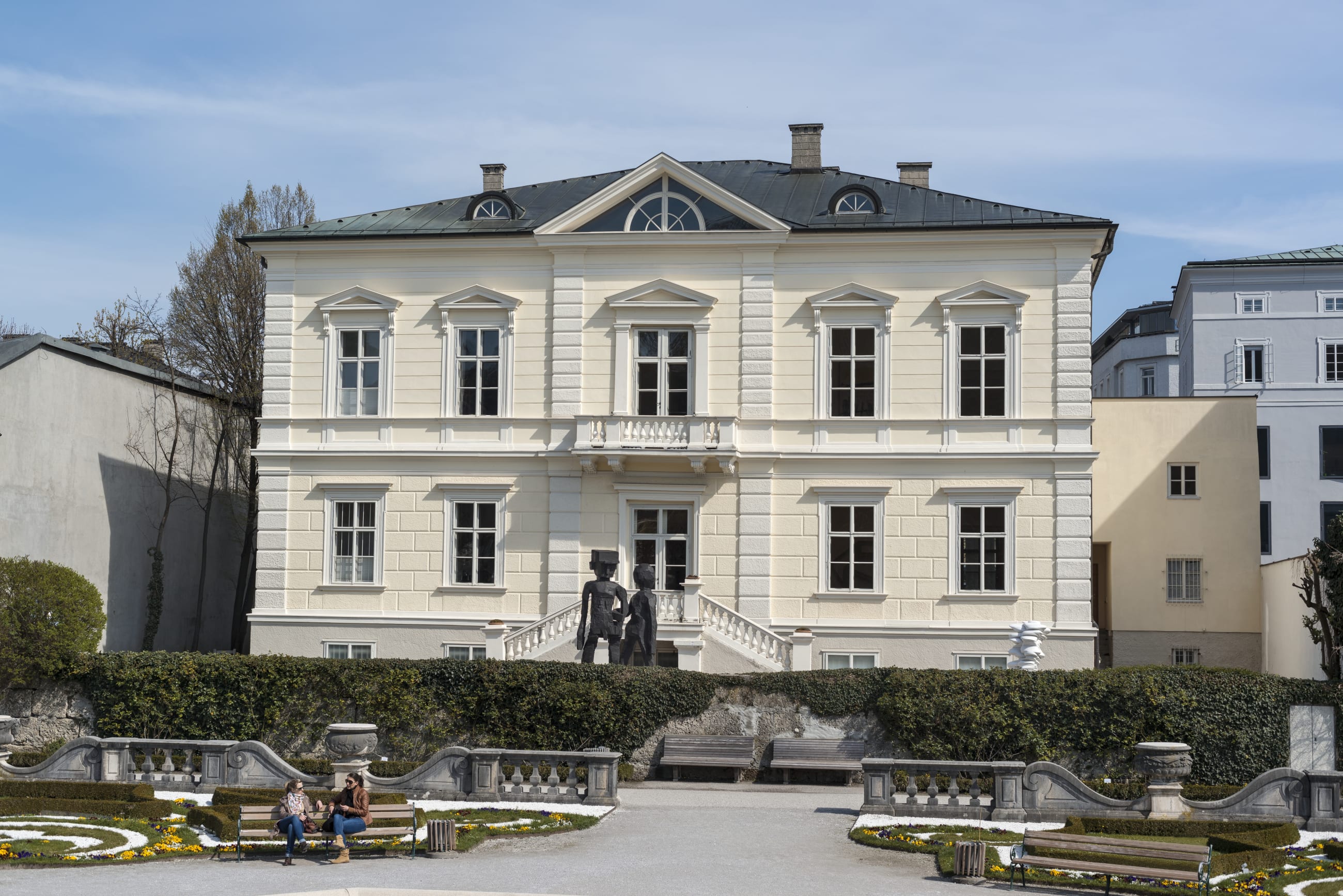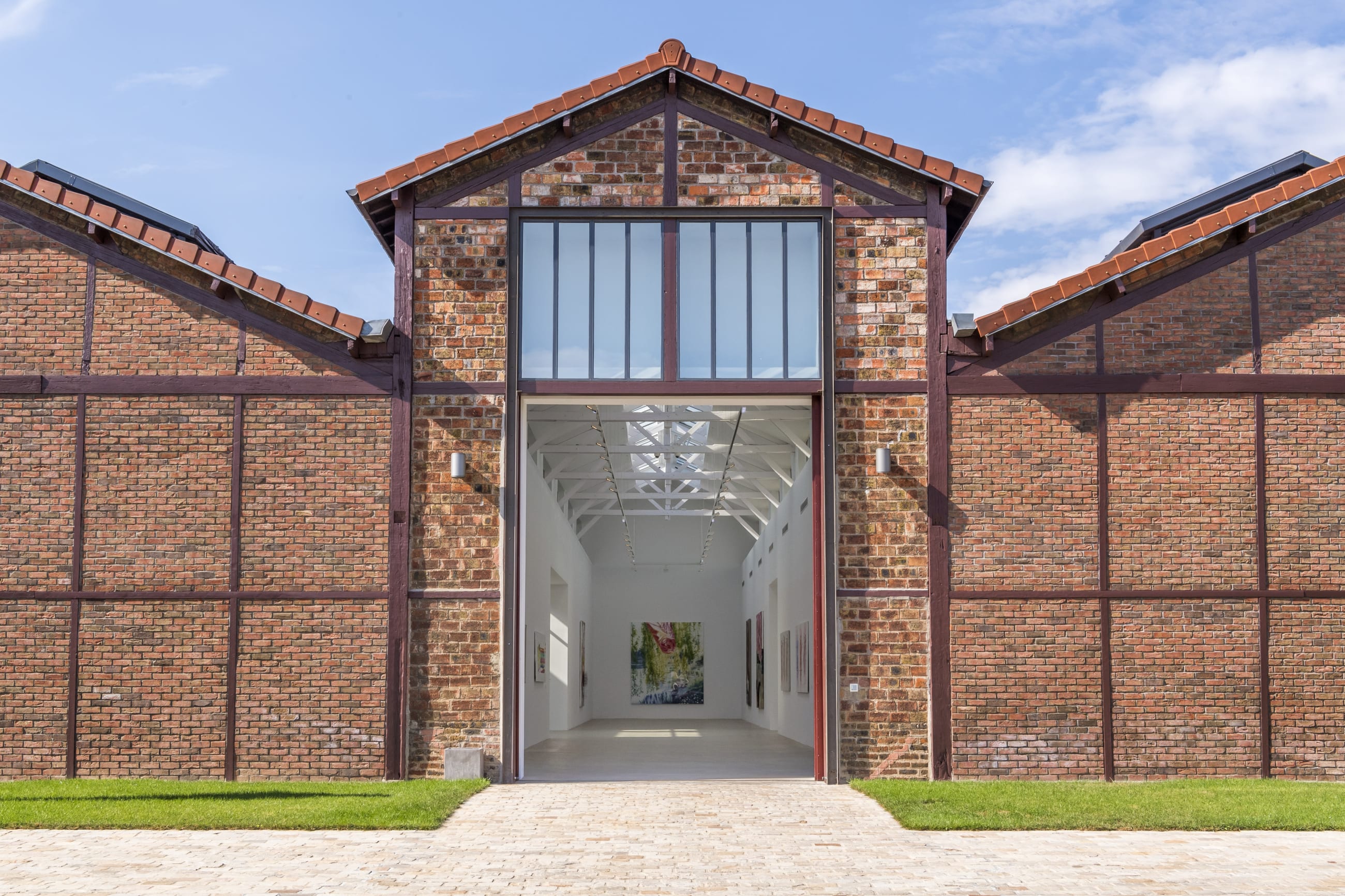"Shadow Self", Teresa Pągowska's first UK solo exhibit at Thaddaeus Ropac A dream materialised
By Berenika Balcer
As her figures – while not entirely abstract yet often shown dissolving or metamorphosing in space – mark a transition from the machine-like modernist body that prevailed before the Second World War towards an intimately felt, emancipated representation, Teresa Pągowska is a key figure in postwar Polish art. At the first UK solo exhibition of her work at Thaddaeus Ropac London, the audiences are invited on a journey through the artist’s practice spanning five decades. While delving into her sensitive depictions of the female figure and her innovative use of pure canvas as a pictorial element of her paintings, as well as the recurring motif of the shadow, the Shadow Self exhibition traces the development of Pągowska’s art, featuring paintings from her major series, alongside a selection of works on paper.
The story of semi-abstract bodies
Teresa Pągowska’s (b. Warsaw, 1926-2007) acute sense of colour was initially influenced by the Colourists (Kapists), a group of Polish painters active in Paris in the 1920s and 1930s, who were inspired by Henri Matisse, Paul Cézanne and Pierre Bonnard. In 1955, she participated in the landmark All-Poland Exhibition of Young Art. Against the war—against fascism held at Warsaw’s Arsenal, which marked an important shift from the restrictive aesthetic principles of Socialist Realism. During the 1960s, Pągowska experimented with the abstract, improvisational tendencies of Art Informel, as well as the expressive pictorial language later associated with the New Figuration movement to develop her signature style and an expanded approach to the human form. In 1961, she was one of only two women artists selected for the exhibition Fifteen Polish Painters at the Museum of Modern Art in New York. “Her abstractions seem to find their origins in the experience of nature, not as it is observed from a distance with a horizon, but experienced intimately”, said Peter Selz, the curator of the show, identifying a distinctly personal and experiential quality in Pągowska’s painting.
More recently, the art historian and MoMA PS1 director Cornelia Butler has credited Pągowska with being one of the first Polish artists to consciously address and unravel conventional representations of women in their art. Like her contemporaries Alina Szapocznikow and Magdalena Abakanowicz, “Pągowska [was] also working prior to a feminist language or discourse, but clearly interrogating how the integrity of the modernist body might be undone”. Pągowska’s fragmented, semi-abstract bodies also allude to the unrepresentable experience of trauma in postwar Europe. They become the fertile ground for rediscovery and transformation while remaining independent from objectification and prescribed social roles. “What occupies me most profoundly is the human figure”, Pągowska once said. “Not only because of the richness of form. I think that it is the human body that contains the most content-related magic.”













